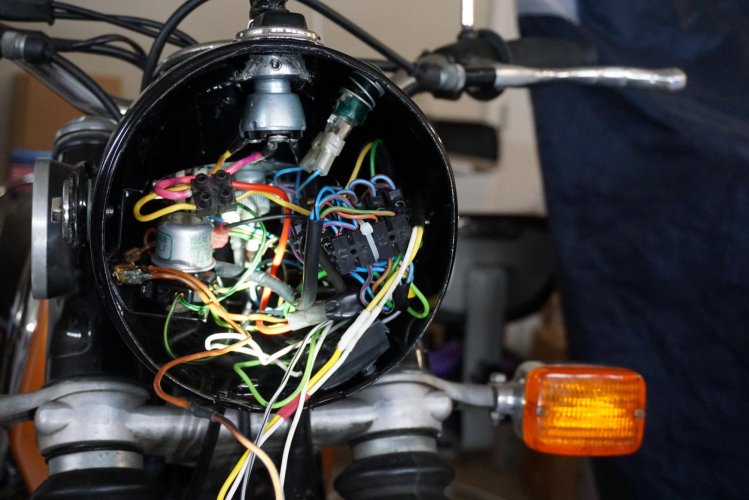gregfeeler
Dances With Sheep
Looking back thru an old album, I've confirmed that both bikes ('71 and '73) had the "plunger" key on top.
The previous parts photo is from the MAX on-line fiche, which indicates that the /5 ran from 8/69 thru 7/80, so there were quite likely partial changes as the bikes evolved. We do know that (at least) the battery, alternator, swingarm, and brakes evolved in that period, so it makes sense that other parts of the electrical system evolved too.
Also, both were bought used, privately, from old guys (like I am now! gosh, over 40 years ago!) who were getting out of riding, and both seemed fairly knowledgeable about BMWs in general, so it's possible that one or both had been modified before I got it.
Both were great bikes and got me coast-to-coast a few times with zero actual issues; can't say that about the new stuff!
Really not worth worrying about... Let's get this thread back on track for dodgethatchevy.
The /5's stopped at the end of 1973. The /6's, 7's, etc. continued the who airhead line after 1973. Most changes were made between '71 and '72: fork dampening and springs, fuses in the wiring harness, carburetor's, and the extended wheelbase in 1973.


